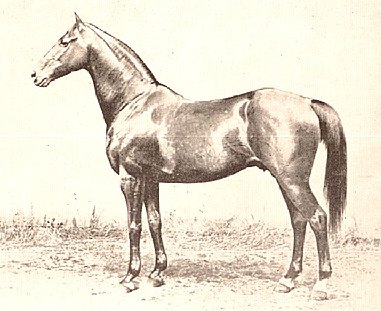Asteroid Vesta Forms Temporary Double Star with Background Star

On Saturday, July 19, 2025, the asteroid 4 Vesta will create a remarkable visual phenomenon in the evening sky, appearing as a temporary double star when viewed from Earth. This celestial event occurs as Vesta aligns closely with a fainter background star, providing an excellent opportunity for astronomy enthusiasts and casual observers alike to observe the second-largest asteroid in the solar system.
Vesta, classified as a minor planet, is located in the asteroid belt between Mars and Jupiter and is the second-largest body in this region, following the dwarf planet Ceres. As noted by Alison Klesman, an astronomy journalist for Astronomy Magazine, Vesta is easily discernible with basic astronomical tools such as binoculars or a small telescope. The asteroid will be positioned approximately 5 arcminutes away from a 7.5 magnitude field star, cataloged as HIP 71417 or HD 128275, creating an eye-catching pair of light sources in the constellation Libra.
According to the U.S. Naval Observatory's astronomical data, Vesta will be visible in the northwestern section of Libra, situated about 7.5 degrees north-northwest of Zubenelgenubi, the alpha star of Libra, which itself is a double star system. This proximity will give observers a unique chance to witness the contrasting brightness of Vesta against the fainter star, enhancing the visual experience for both amateur stargazers and seasoned astronomers.
Vesta was one of the first asteroids to be discovered, following its identification by Heinrich Wilhelm Olbers in 1807. Since then, it has been the subject of extensive research, including a mission by NASA's Dawn spacecraft that orbited Vesta from 2011 to 2012, providing invaluable data about its composition and history. Dr. Christopher Russell, a professor of Earth and Space Sciences at the University of California, Los Angeles, and principal investigator for the Dawn mission, stated, "Vesta's surface is fascinating, showcasing a rich geological history that gives us insights into the early solar system."
The event on July 19 promises to be a significant moment for observers, as it not only highlights Vesta's visibility but also serves as a reminder of the dynamic nature of our solar system. Data from the American Astronomical Society indicates that celestial events such as this can enhance public interest in astronomy and encourage educational outreach. Astronomers recommend locating a clear, dark sky away from urban light pollution for the best viewing experience.
For those interested in tracking Vesta's position, it is advised to use star charts or mobile astronomy apps, which can provide real-time updates on celestial events. This particular alignment is an excellent opportunity for educational institutions to engage students in astronomy, encouraging them to explore the wonders of our universe.
As the world prepares to observe this celestial event, the sighting of Vesta and its companion star will not only captivate those with an interest in astronomy but also foster a greater appreciation for the complexities of the cosmos. With so many upcoming astronomical events, including meteor showers and planetary alignments, the community of skywatchers continues to grow, united by the shared wonder of the universe.
Advertisement
Tags
Advertisement





